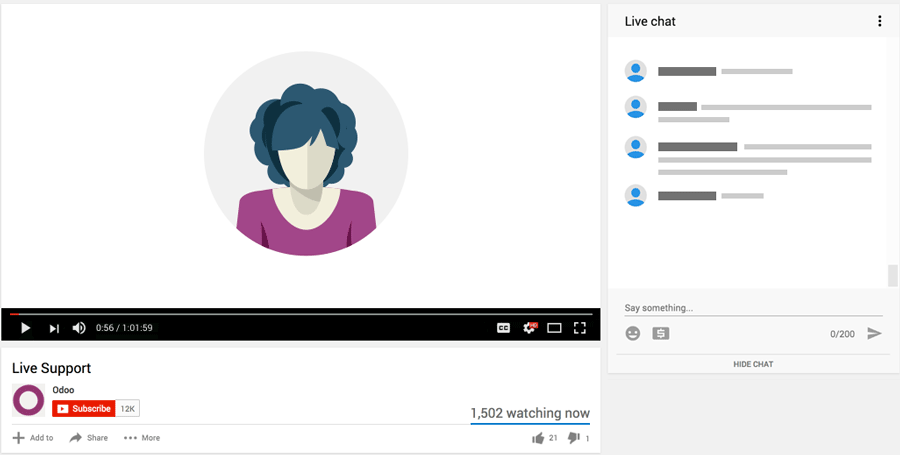I have a scenario where I've added numerous custom fields to the account.move inherited view, and most of these fields share the same visibility condition. The challenge is that I need to write multiple conditions to control their visibility. Whenever a requirement changes, I must update the condition for multiple fields individually. Additionally, if I want to display a field for multiple move_types , I end up writing lengthy conditions for each field.
Over time, the account.move form view has become very large due to these customizations and conditions, making it increasingly difficult to implement changes without risking disruptions to other flows, such as vendor bills, customer invoices, and journal entries. Is there a more efficient way to manage this, where I can define a single condition that applies to multiple fields, simplifying maintenance and ensuring stability across the views? basically an if block where i can check the move type and define all the fields for a certain move_type, similarly another if condition to deal with another move_type


I don’t have enough karma to post, so I’m commenting here. As Andre mentioned, I’d prefer using the second option, but the challenge I’m facing is how to create separate workflow views while inheriting the original account.move form view. I want to avoid copying the entire XML from the original form view into my custom view. Instead, I’d like to inherit the form view for each workflow, allowing me to manage fields based on the specific workflow.